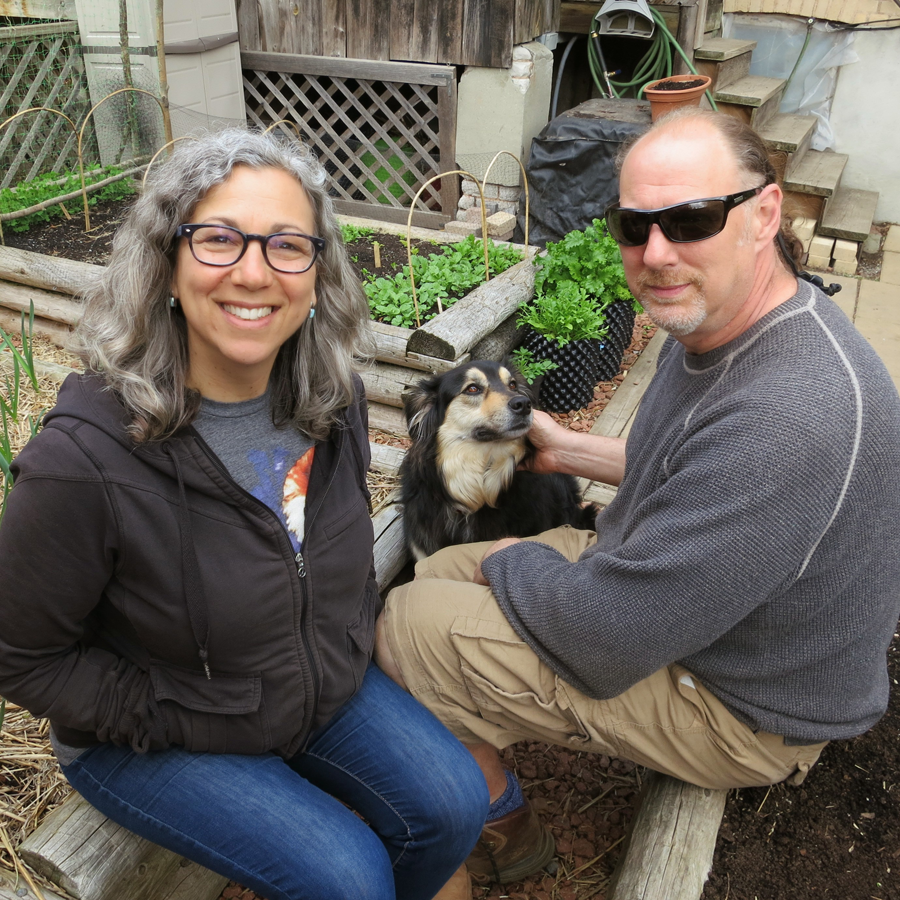Backyard Urban Farming in Toronto
Arlene Hazzan Green and Marc Green from the Backyard Urban Farm Company talk about installing food gardens and the urban food-growing scene in Toronto.
We chat with Arlene Hazzan Green and Marc Green, co-owners of The Backyard Urban Farm Company (BUFCO) in Toronto about their mission to help people grow food at home.
They are edible landscapers who help people plan, plant, and maintain food gardens. They have even ventured into wheelchair-accessible beds.
From Film to Farming
Hazzan Green explains why, after over 30 years in the film industry, they decided to venture into the business of edible landscaping, saying, “It was the lifestyle it was offering us that had such an appeal.”
In hindsight, she realized that a lot of the film scripts she had been pitching had a farming theme. “I realized that what I was trying to do in my writing was create the life that I want to live,” she says.
Process
When helping develop edible landscape plans with new gardeners, they look at:
Where they want to grow
The growing conditions
What they like to eat
How many people they want to feed
How much time and effort they can put into it
Tips for New Gardeners
For new gardeners, Green and Hazzan Green offer the following suggestions:
Start small. Hazzan Green suggests two or three pots—so that it’s not overwhelming in the beginning. For example, one pot with tomato and basil, another with lettuce, and a third with beans and peas.
Make a plan. It could be elaborate or simple—but have something planned before shopping…or you might end up buying more than you need.
Do your research. Don’t go with your first idea. Green says he has seen many people make beds using railway ties or treated wood…only to find out afterwards these are not suited to food gardens.
Coalescing in the Toronto Urban Farm Scene
Hazzan Green says that when they started it was difficult to find agricultural advice tailored to the urban setting. That’s changed a lot in the 12 years they have been in business. “What’s happening now is there’s a coalescing of all these groups—there’s a real network., she says.
“As a group of individual businesses and gardeners and growers we’ve now found a way to unite and become a real force for change in the way we view urban agriculture.”

